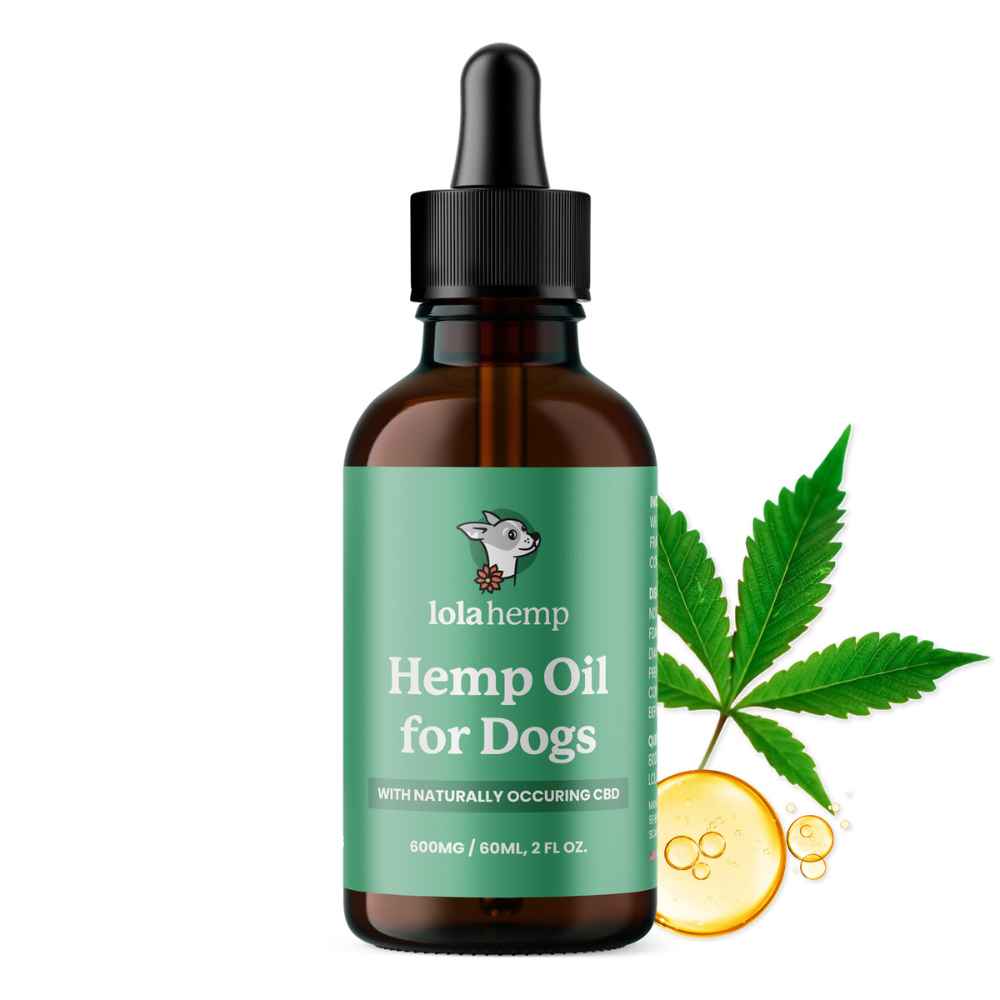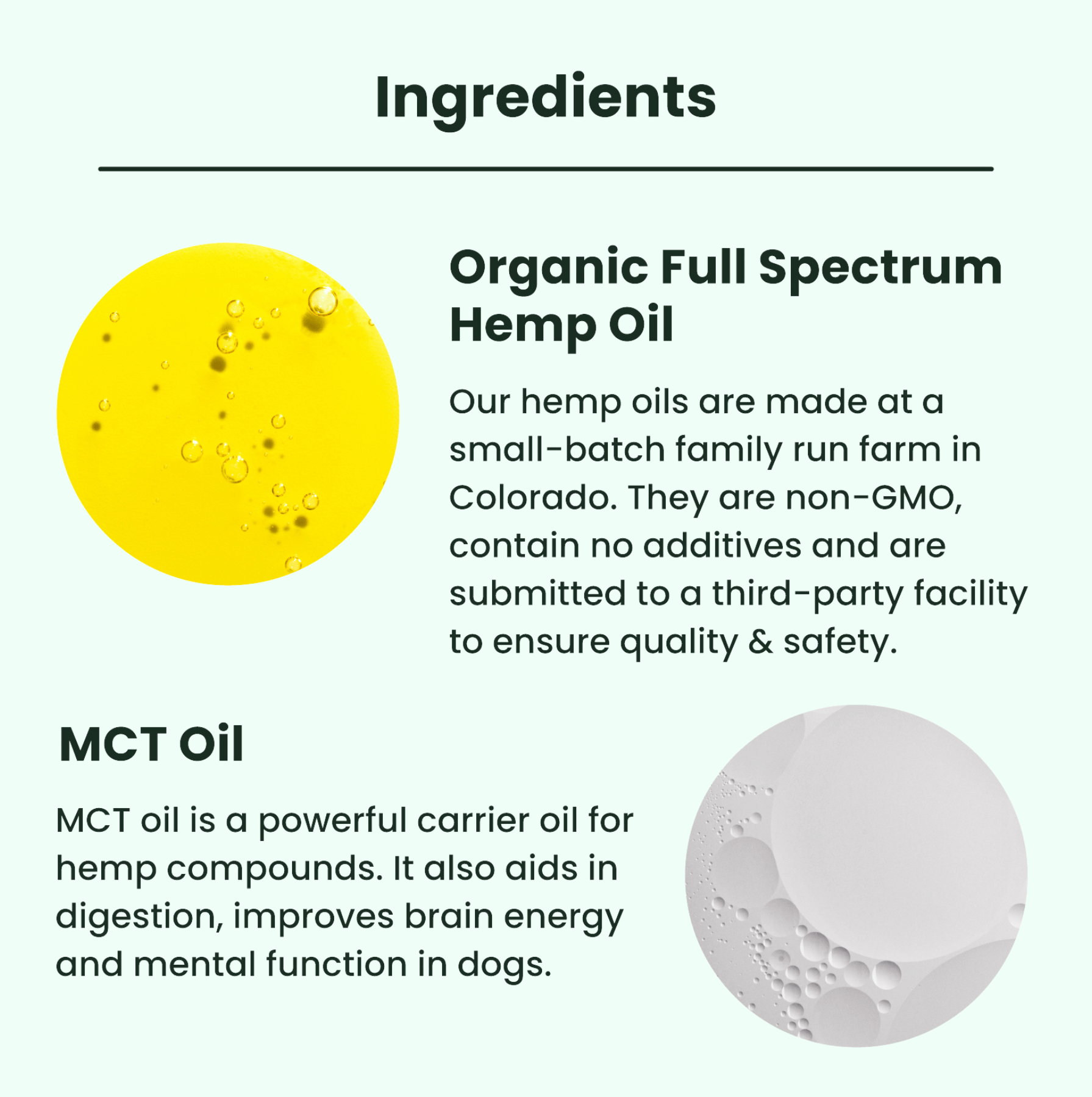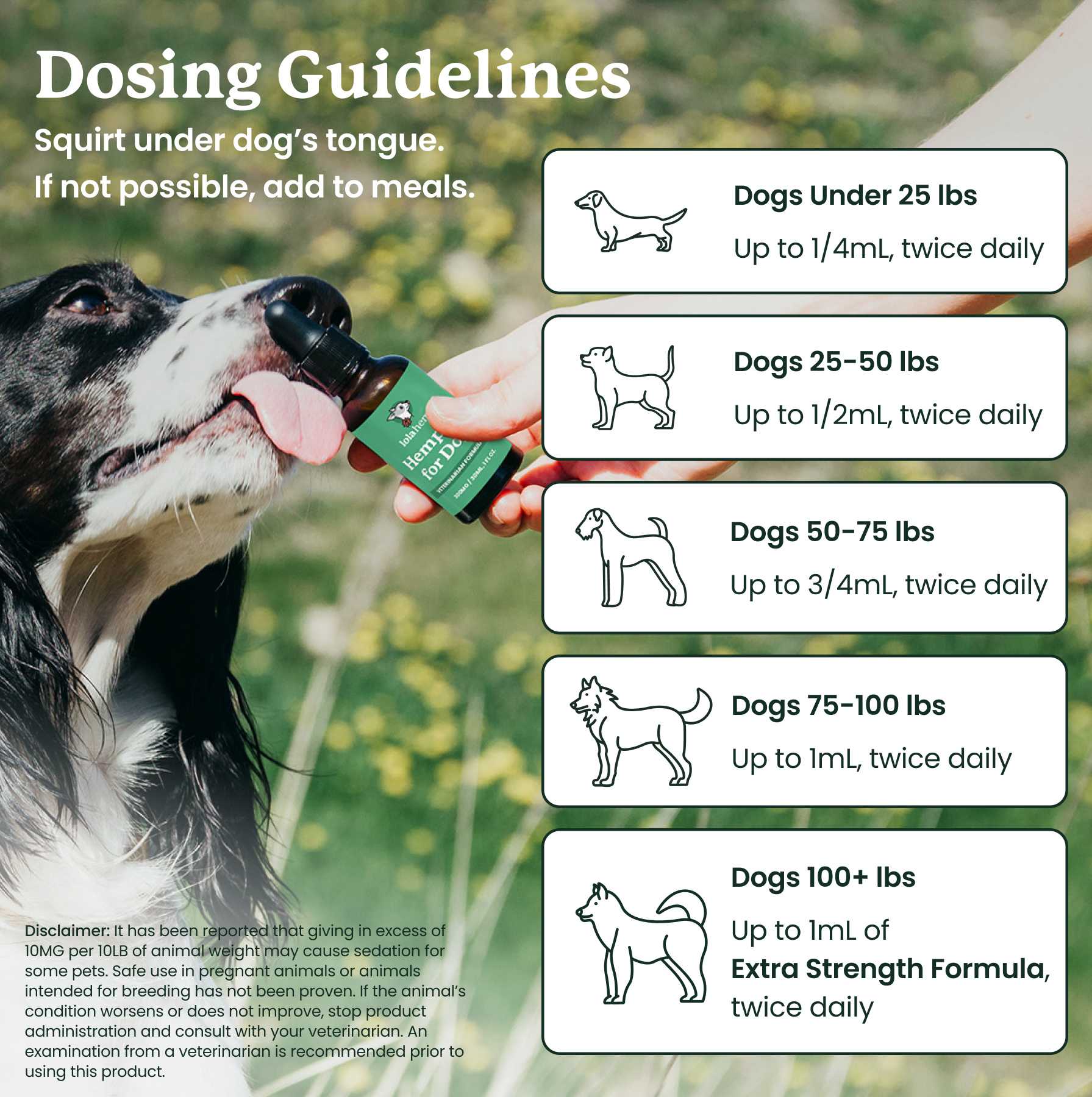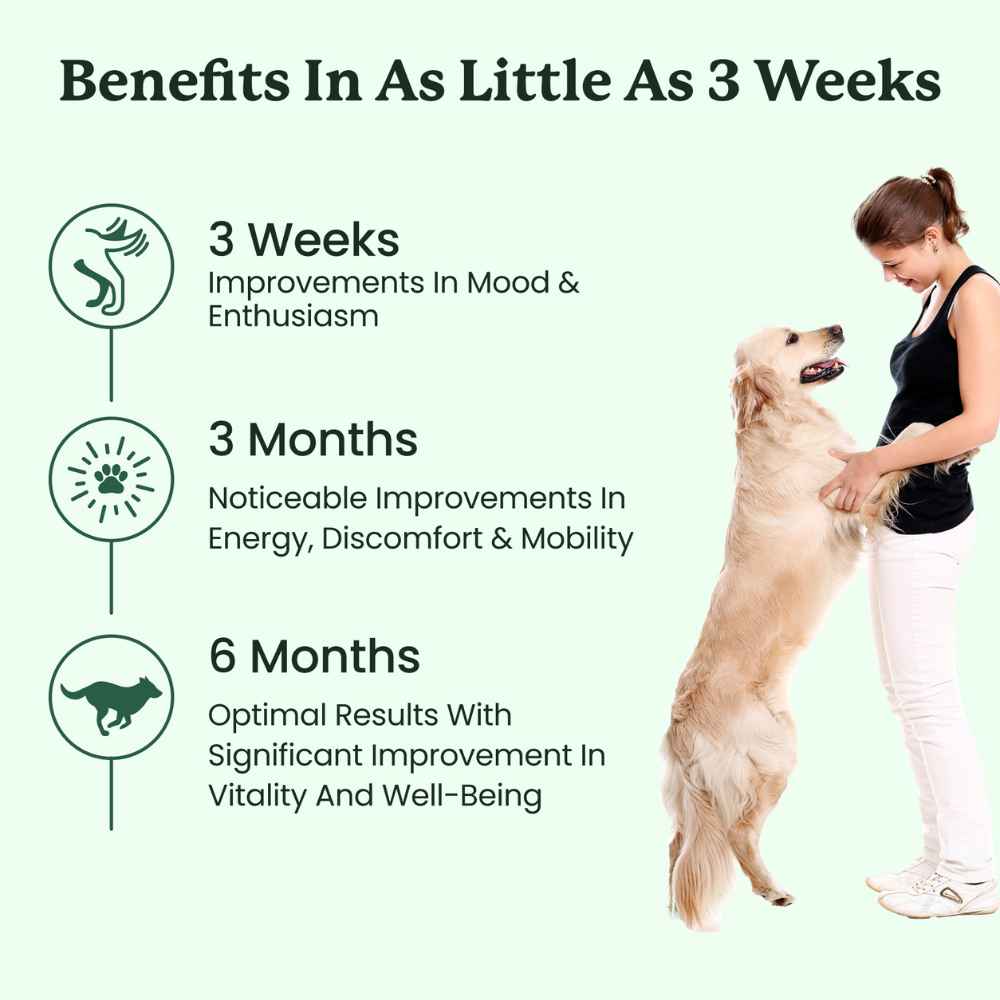When we realize that a dog has entered their senior years, it feels like a flash. How did time fly by so quickly? Is your pet truly a senior yet, and if so, what kinds of adjustments do we need to make to help them live their healthiest lives?
Senior dog care is a little different than the care you give your puppy, adolescent, or adult dog. Just like humans, dogs go through aging stages that require adjustments. As we’ve learned more about senior care, the average dog lifespan and overall wellbeing have increased greatly.
So, when does a dog become a senior, and what should you do when that time comes?
The Definition of a Senior Dog by Breed Size
Different breeds age at different rates, and their lifespans determine when they’re considered “seniors.” Larger dogs tend to age faster than smaller ones, due to their size, genetics, and metabolic rate. Smaller breeds generally live longer, though exceptions exist.
| Dog Size | Approx. Lifespan | Approx. Senior Age | Examples |
|---|---|---|---|
| Small Breed | 12–16 years | 10–12 years | Chihuahua, Dachshund, Toy Poodle, Shih Tzu |
| Medium Breed | 10–14 years | 8–10 years | Border Collie, Cocker Spaniel, Australian Shepherd |
| Large Breed | 8–12 years | 8–9 years | Labrador Retriever, Golden Retriever, Boxer, German Shepherd |
| Giant Breed | 6–9 years | 6–7 years | Great Dane, Saint Bernard, Mastiff, Bernese Mountain Dog |
There’s some flexibility in when a dog becomes a senior. Much depends on their lifestyle, genetics, and the care provided throughout life. Preventative care tailored to each breed’s common health concerns can make a significant difference in longevity and quality of life.
What Kinds of Preventative Care Should Dogs Get to Improve Their Senior Years?
When your dog reaches their golden years, the best gift you can give them is prevention. Preventative care helps your dog transition smoothly into senior life and reduces the impact of age-related conditions.
Start with biannual veterinary visits once your dog reaches middle age. These allow early detection of issues through exams and bloodwork. Watch for subtle changes in appetite, thirst, or energy—small signs can reveal underlying problems early.
Dental care is equally vital. Clean teeth and gums reduce bacterial spread, protecting organs like the heart and kidneys. Pair that with weight management to minimize stress on joints and improve mobility.
Consider joint supplements containing glucosamine, chondroitin, and omega fatty acids to support mobility and reduce stiffness. These can make a big difference in your dog’s comfort and energy levels.
What Adjustments Are Necessary When a Dog Becomes a Senior?
As dogs age, their needs change. Adjusting your care routine keeps them happy and safe while maintaining their independence.
- Adjust activity levels: Opt for shorter, gentler walks and add ramps or non-slip rugs to prevent injuries.
- Reevaluate nutrition: Switch to senior dog food with enhanced joint, heart, and brain nutrients for better digestion and vitality.
- Optimize the environment: Provide soft bedding, accessible rest areas, and temperature comfort. Increase potty breaks if needed.
- Prioritize comfort and companionship: Senior dogs often crave more affection and reassurance. Spend quality time and maintain consistent routines.
Conclusion: When Do Dogs Become Seniors?
Dogs typically become seniors at about 75% of their expected lifespan, varying by size, genetics, and health. With consistent preventive care, balanced nutrition, and love, most dogs can enjoy long, fulfilling senior years.
Mobility is one of the most important aspects to watch as dogs age. Regular veterinary visits, joint care, and early intervention can help your dog stay active and comfortable for many years.
Frequently Asked Questions about Senior Dogs
At what age is a dog considered a senior?
Most dogs reach senior status around 7–10 years of age, depending on breed size. Smaller breeds become seniors later, while giant breeds age faster.
How can I help my senior dog stay healthy?
Schedule regular vet checkups, maintain a healthy weight, ensure dental care, and provide a balanced diet rich in joint and brain-supporting nutrients.
Do senior dogs need different food?
Yes. Senior dog food is formulated to be easier to digest and may include additional nutrients like omega fatty acids, glucosamine, and antioxidants to support aging bodies.
How often should senior dogs see a vet?
Senior dogs should visit the vet at least every six months for checkups and early detection of health issues.
What are the most common health issues in senior dogs?
Arthritis, dental disease, heart problems, kidney disease, and cognitive decline are common. Preventive care can help manage or delay these conditions.









